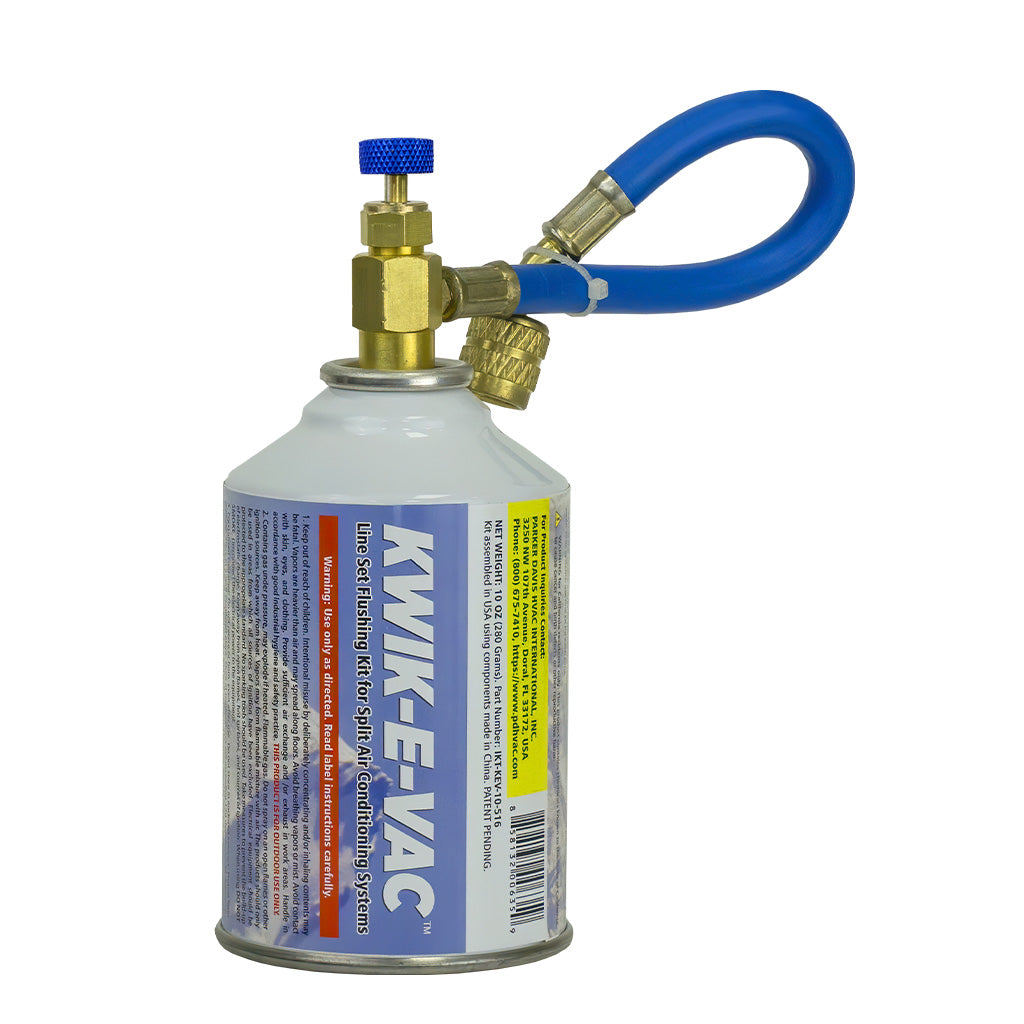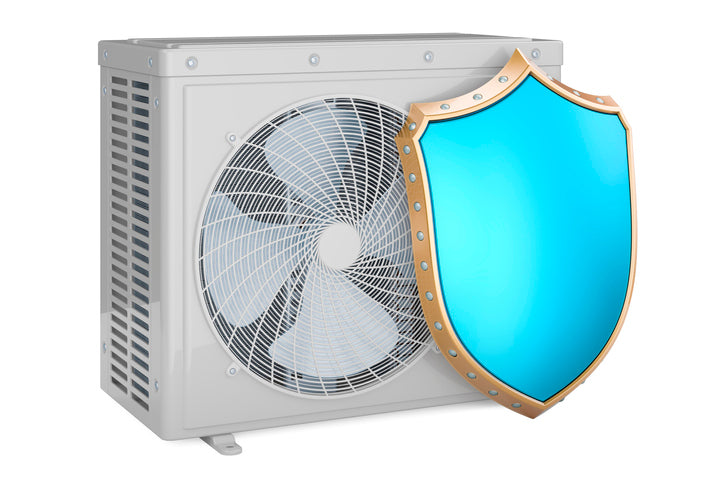The Pros and Cons of a Concealed Duct Mini Split

When it comes to heating and cooling your home, the concealed duct mini split system presents an intriguing option. It combines the benefits of mini split technology with the seamless, out-of-sight installation of a ducted system. But, like any home upgrade, it comes with a set of advantages and disadvantages. If you’re weighing this option for your home, consider the pros and cons of a concealed duct mini split.
The Pros of a Concealed Duct Mini Split
Weigh these three benefits of concealed duct mini splits:
Energy Efficiency
Concealed duct mini split system designs enable them to use far less electricity than traditional HVAC systems. Mini splits deliver conditioned air directly to different zones in your home, preventing the energy loss commonly associated with ductwork in central systems. Homeowners looking to use less energy and lower their utility bills will appreciate this feature.
Flexible Zoning Capabilities
Zoned heating from mini splits gives you impressive control over your home’s temperature. A mini split slim duct system manufactured by Pioneer Mini Split, the most trusted provider of home comfort solutions, allows you to tailor heating and cooling to match the specific needs of each area. Our efficient, robust products maximize climate control, allowing you to keep your living room cool while conserving energy by setting your guest bedroom to a higher temperature.
Discreet Design
If you find aesthetics important, a concealed duct mini split stands out for its sleek appearance. Unlike wall-mounted mini split units, concealed systems tuck into ceilings, crawl spaces, or attics. Only unobtrusive grilles or vents are visible, offering a polished look that blends seamlessly into your home decor.
The Cons of a Concealed Duct Mini Split
Contrast those benefits with these factors that some people view as drawbacks:
Installation Complexity
Installing a concealed duct mini split is not a Saturday DIY project. It requires careful planning, expertise, and more time to ensure proper airflow and system optimization. This can be a con for those seeking a fast and simple setup.
Higher Installation Costs
Since the installation process may be more extensive than that of other heating and cooling options, the upfront costs may be higher. The job requires skilled labor to properly integrate ductwork into your home’s structure, which can add to the expense. Additionally, these systems often involve modifications to ceiling or crawl space, further increasing the cost.
Maintenance Challenges
While not overwhelming, maintaining a concealed duct mini split can be more complex than servicing other systems. The concealed ductwork and lesser-accessible air handlers may require professional assistance for cleaning and repair, adding to the lifetime maintenance costs. However, these needs aren’t frequent enough to deter homeowners.
Why the Pros Outweigh the Cons
Despite some challenges, the advantages of a concealed duct mini split system make it an attractive choice for homeowners. Energy efficiency alone can lead to significant savings year after year, neutralizing any higher upfront costs. Once installed, the discreet design and zoning flexibility make it ideal for creating a comfortable and visually pleasing home environment.
When examining the pros and cons of a concealed duct mini split, you’ll find that it checks the boxes for performance, discretion, and customization and is a worthwhile investment. While the installation may take planning and effort, the long-term benefits outweigh the temporary challenges, making this a step in the right direction for homeowners seeking an efficient, tailored comfort solution.







